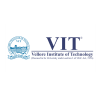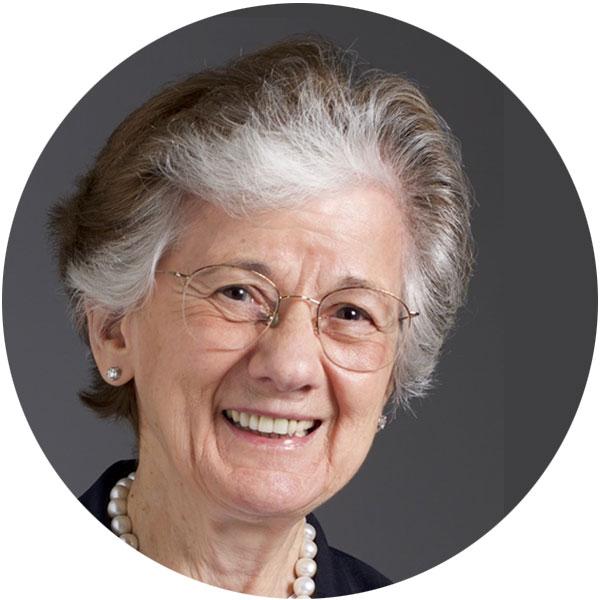United States of America

Related Content
Article
Wetlands conservation: How satellite observation supports sustainable wetland management
On 2 February 2020, we celebrate World Wetlands Day to raise global awareness about the vital role of wetlands for people and our planet. This year’s edition highlights the connection between water, wetlands, and life.
Exploring the exciting potential of hyperspectral imaging for water quality monitoring
Harmful Algal Blooms occur when toxin-producing algae experience excessive growth within bodies of water. These blooms have the potential to cause detrimental effects on both aquatic and human health and can sometimes even cause death, depending on the type of algae involved (NIEHS, 2021). Thanks to the use of space-based remote sensing technology to monitor water quality conditions in coastal areas and drinking water reservoirs, nations are becoming more aware of the quality of their water.
Wetlands conservation: How satellite observation supports sustainable wetland management
On 2 February 2020, we celebrate World Wetlands Day to raise global awareness about the vital role of wetlands for people and our planet. This year’s edition highlights the connection between water, wetlands, and life.
基于天基雷达的热带气旋监测和预报
Translated by Dr. Mengyi Jin
夏季来临时,热带气旋常在沿海地区引发洪涝灾害。早在古代,中国沿海的渔民就通过观察天气现象来预测热带气旋的来临,例如云层的形状和晚霞的变化。热带气旋发生在全球各地,不同地区对它的称呼也有所不同。在北大西洋、中北太平洋和东北太平洋地区,人们通常称之为“飓风”;而在西北太平洋地区,热带气旋常被称为“台风”。
近年来,热带气旋对美国、中国以及其他亚洲国家造成了重大损失。因此,发展基于太空的热带气旋监测技术,预测其路径并进行预警,对于保障民众的生命安全、保护渔业生产以及海上作业等具有重要意义。
双频降水雷达(Dual-frequency Precipitation Radar,简称 DPR)是由美国国家航空航天局(NASA)与日本宇宙航空研究开发机构(JAXA)联合开发的天基雷达系统,其搭载于热带降雨测量任务(TRMM)和全球降水观测计划(GPM)的卫星上(https://gpm.nasa.gov/missions/GPM/DPR),用于热带气旋的监测与科学研究(NASA,2018)。
Exploring the exciting potential of hyperspectral imaging for water quality monitoring
Harmful Algal Blooms occur when toxin-producing algae experience excessive growth within bodies of water. These blooms have the potential to cause detrimental effects on both aquatic and human health and can sometimes even cause death, depending on the type of algae involved (NIEHS, 2021). Thanks to the use of space-based remote sensing technology to monitor water quality conditions in coastal areas and drinking water reservoirs, nations are becoming more aware of the quality of their water.
Conservación de humedales: cómo la observación por satélite apoya la gestión sostenible de los humedales
Translated by: Isabel Zetina
El 2 de febrero de 2020 celebramos el Día Mundial de los Humedales para concienciar al mundo sobre el papel vital de los humedales para las personas y nuestro planeta. La edición de este año destaca la conexión entre el agua, los humedales y la vida.
Conservación de humedales: cómo la observación por satélite apoya la gestión sostenible de los humedales
Translated by: Isabel Zetina
El 2 de febrero de 2020 celebramos el Día Mundial de los Humedales para concienciar al mundo sobre el papel vital de los humedales para las personas y nuestro planeta. La edición de este año destaca la conexión entre el agua, los humedales y la vida.
A celebration of valuing water for World Water Day 2021
World Water Day, celebrated each year on March 22nd, since 1993, celebrates water and raises awareness of the ongoing global water crisis. The theme this year is Valuing Water. Much more than just price, water has huge value for households, food, culture, health, education, and the environment (UN Water 2021).
Capacity Building and Training Material
Event
Vanishing weekly hydropeaking cycles in American and Canadian regulated rivers
"Vanishing weekly hydropeaking cycles in American and Canadian regulated rivers" is part of The Topical Webinar Series hosted by the Core Modelling and Forecasting Team of the Global Water Futures program is a weekly event from May to August. In contrast to thematic webinars, this series highlights science advances from across the globe and aims to spur critical discussions that will improve our understanding and capability in modelling and managing cold-region hydrology.
To register, please email prabin.rokaya@usask.ca.
The 102nd AMS Annual Meeting
The American Meteorological Society Annual Meeting is the world’s largest yearly gathering for the weather, water, and climate community. It brings together great minds from a diverse set of scientific disciplines – helping attendees make career-long professional contact and life-long friends while learning from the very top people in the atmospheric sciences.
Map
Click on any of the highlighted countries to retrieve further information.
Stakeholder
Person

Anam Bayazid
Intern United Nations Office for Outer Space Affairs
Anam Bayazid is an engineer with a passion for earth observation and space exploration technologies. Her academic journey involves pursuing a Master of Engineering in Systems Engineering with a concentration in Space Systems at Stevens Institute of Technology in United States. Her specialization is in systems modeling and simulation, as well as designing missions and systems for space exploration.

Kristine M Larson
Professor Emerita, Department of Aerospace Engineering Sciences, University of Colorado
Born and raised in southern California Prof. Larson's family moved to San Diego in 1970 when her father took a job at the Deep Sea Drilling Project (see the dedication for Volume 60 ). She attended college back east (receiving the rare A.B.



































